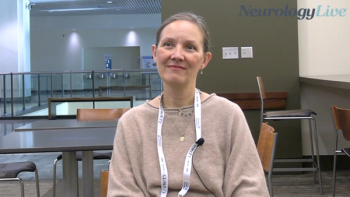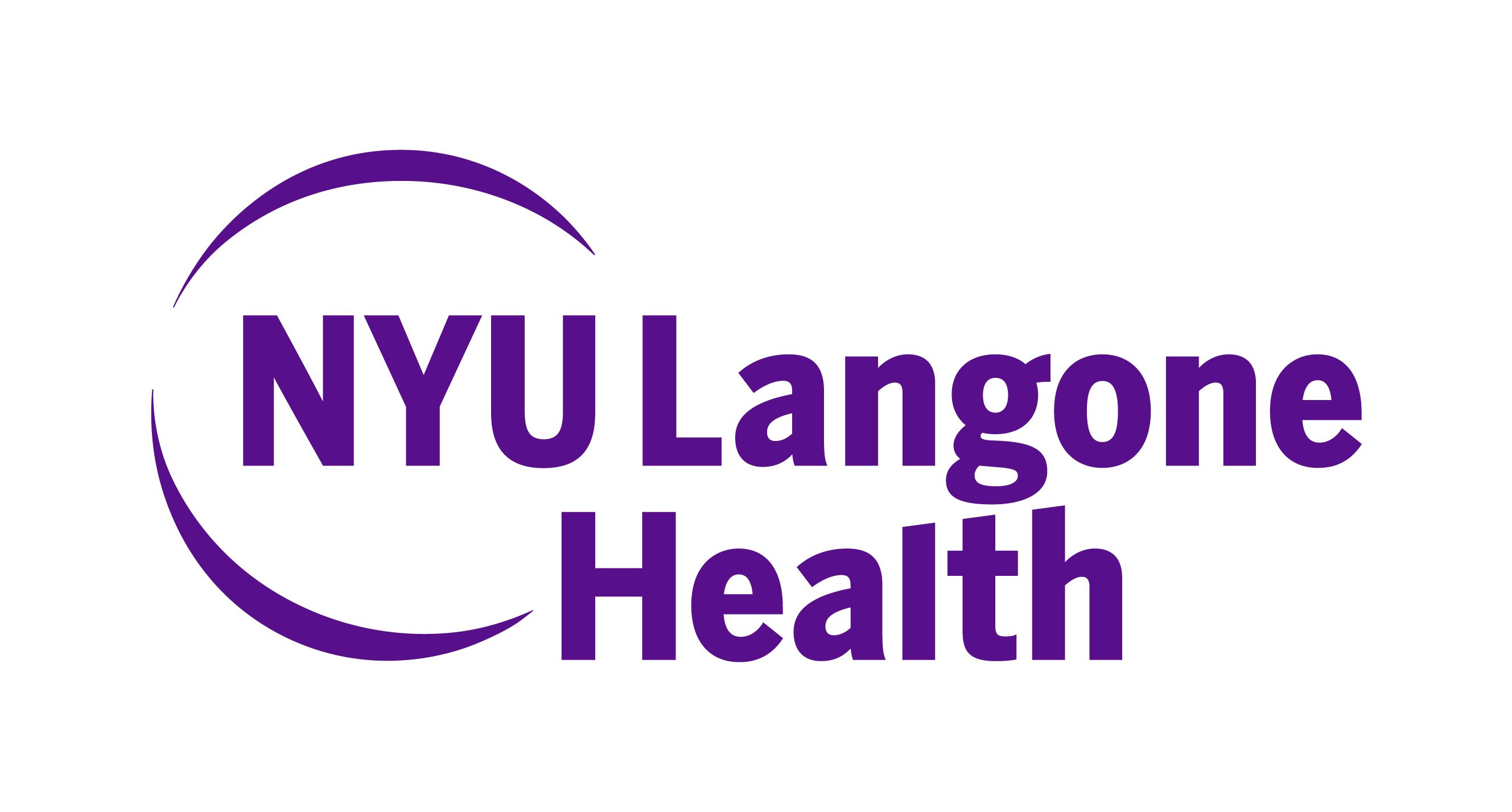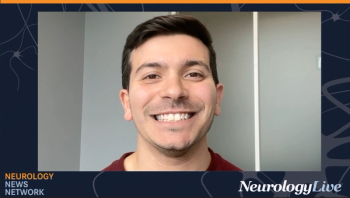
Novel Approach to Antiseizure Drug Development With Use of Long Episodes: Jacqueline A. French, MD

The professor of neurology at NYU Grossman School of Medicine discussed a pioneering study using long seizure episodes to optimize treatment devices and identify effective antiseizure drugs in epilepsy care. [WATCH TIME: 2 minutes]
WATCH TIME: 2 minutes
"We are hoping that, in the case of the proof-of-principle study we are currently running using long episodes, it will bear fruit. It is my enormous hope that we will be able to demonstrate, for the first time, that a novel drug is effective using this technique."
Previous research has examined the relationship between long episode (LE) frequency on responsive neurostimulators (RNS) and clinical seizure (CS) frequency in patients with drug-resistant focal epilepsy after starting antiseizure medications (ASMs). For instance, earlier studies showed a correlation between LE frequency and CS frequency, suggesting its potential as a predictive biomarker. Traditional clinical trials often require large patient populations to detect treatment effects, but biomarkers like LE frequency could simplify proof-of-concept (POC) study designs, enabling the identification of treatment signals with fewer participants.
In a new study, researchers aimed to determine the optimal LE frequency reduction threshold for predicting significant reductions in CS frequency after initiating a new ASM. Using data from 45 patients with the RNS system, they found a median LE frequency reduction of 30% and a median CS frequency reduction of 50%. Notably, patients achieving at least a 30% reduction in LE frequency were more likely to see at least a 50% reduction in CS frequency, with a 70% response rate. Thresholds of at least 30% and at least 50% reductions in LE frequency were identified as predictors of clinically meaningful and profound CS reductions, respectively. These results support the use of LE frequency as a robust biomarker in POC studies, enhancing predictive accuracy for clinical efficacy in later-stage ASM development.
The results from this study were presented at the recently concluded
REFERENCES
1. Gammaitoni A, Morrell M, French J, et al. Optimal Cut Point for Reduction in Long Episode Frequency to Predict Meaningful Change in Clinical Seizure Frequency. Presented at: AES 2024; December 6-10; Los Angeles, CA. Abstract 1.494
Newsletter
Keep your finger on the pulse of neurology—subscribe to NeurologyLive for expert interviews, new data, and breakthrough treatment updates.



































